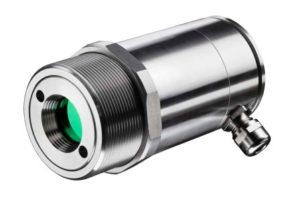
Maidenhead, United Kingdom – July 24, 2022 —
Process Parameters, specialists in industrial temperature measurement, has provided more information on thermocouple types. Discussing only thermocouples, Process Parameters described how to assign a letter code to each thermocouple type to denote a specific alloy combination. The most commonly used code letters are K, J, T, and N. Rarer types are R, S, E, B, C, and W.
A thermocouple is a temperature measuring sensor. This sensor consists of two dissimilar metal wires connected at one end and connected to a thermocouple thermometer or other thermocouple capable device at the other. When properly adjusted, thermocouples can measure temperatures over a wide temperature range.
Process Parameters further explained that each type of thermocouple has its own alloy pair that is carefully selected and calibrated to international standards that must be met. BS EN 60584 is the standard that regulates thermocouples in the UK and Europe. It specifies the properties, tolerances and color coding for the various thermocouple types.
Depending on the type, the temperature range of the thermocouple is between -200°C and +1800°C. There are many elements to consider when choosing a type of thermocouple for a specific application. The lifetime of a thermocouple should also be considered, especially at extreme temperatures; It may be preferable to use infrared pyrometers that monitor the temperature from outside the process.
The connection of thermocouple sensors to extension or compensating cables is made easier by thermocouple connectors. The pins of each connector are polarized to ensure proper connection. Process Parameters offers a wide range of thermocouple connectors for use with thermocouples and platinum resistance thermometers. Miniature and standard sizes with two or three pins are offered to cover temperature ranges of 200°C, 350°C and 650°C. Process parameters can…
[ad_2]
Source story

